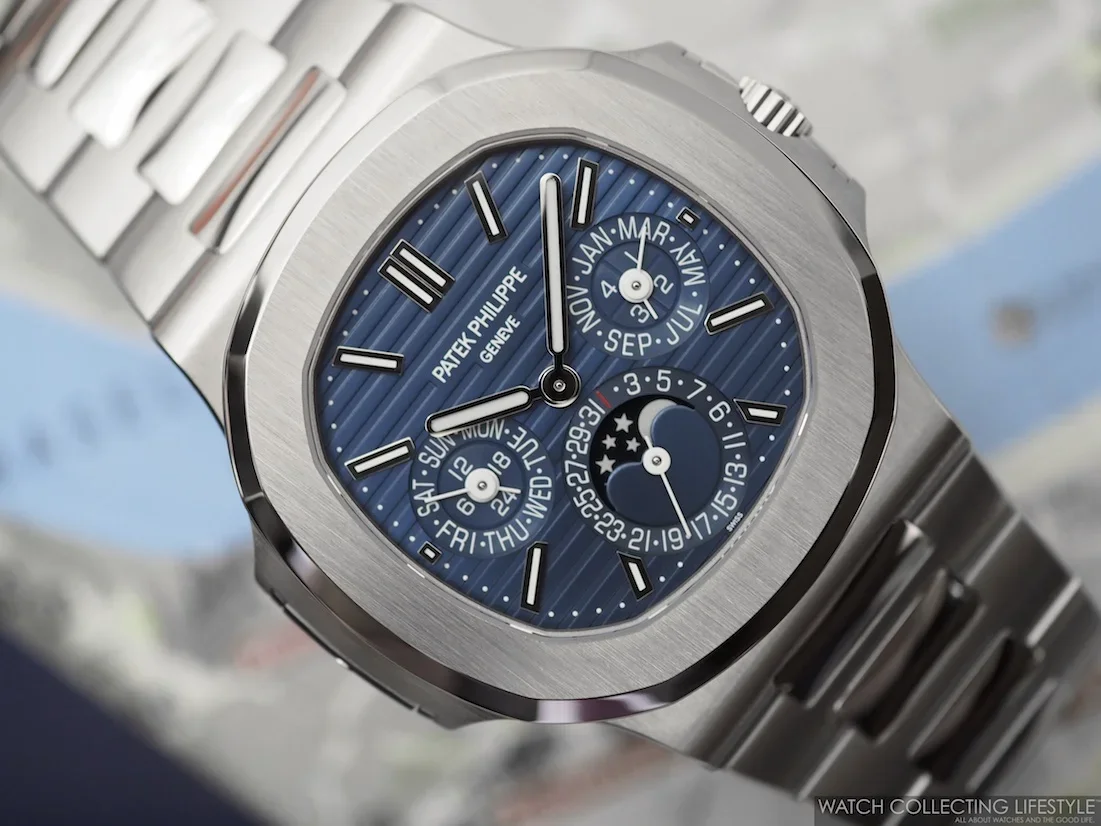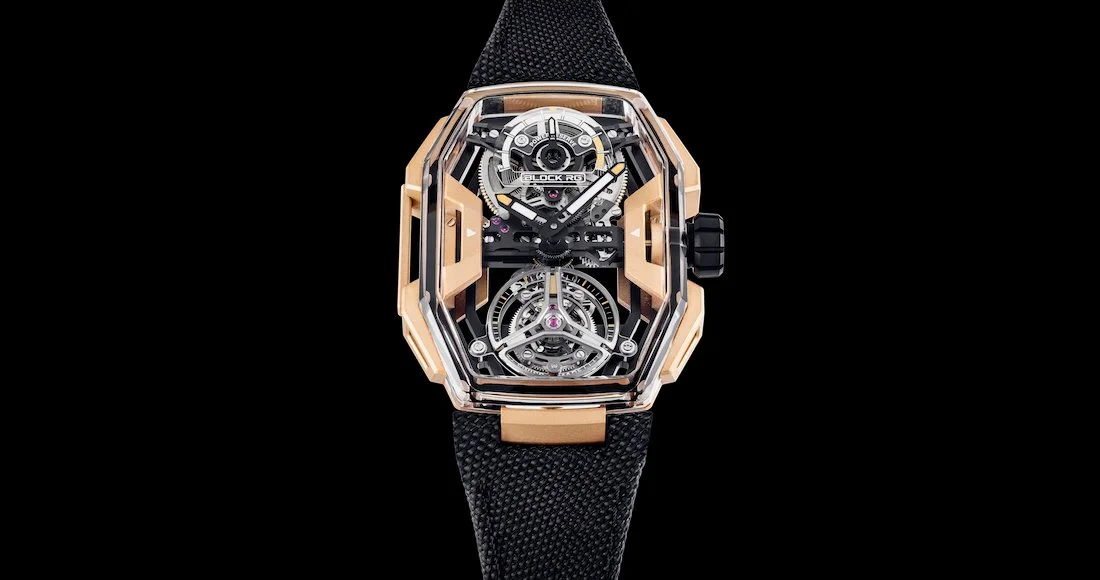Last year around this time, a 3D printer experience facility opened its doors here in Chicago. The very same day we visited the facility, the first thought that came to mind was how 3D printing would impact the horological world by simplifying process with the development of watch prototypes, part prototypes or even with the creation of super-sized models of watch designs and functional parts to ease the research and development process as well as watchmaking training at the manufactures.
Today, less than a year later, we bring you this story about a man named Nicholas Manousos who has already made our dream come true with the launch of the first 3D printed horological model. This concept which we learned about last week, first caught our eye through a short video posted on Instagram of what appeared to be a fully functional 3D printed super-sized tourbillon, that Nicholas calls the Tourbillon 1000%.
The tourbillon was invented by Abraham-Louis Breguet in 1795 —and patented in 1801— as an horological advancement that would counter the effects of gravity on the escapement. Today its usefulness is controversial as horology is so much more advanced, but the allure and beauty of the tourbillon remains. In Nicholas opinion, a tourbillon is the ultimate expression of mechanical beauty and we agree with him. The Tourbillon 1000% scale model is the result of the high resolution capabilities of today's 3D printers and the best way to let people comprehend the mechanics and physics of this horological advancement. The model allows for full view of every single part at work and is the result of 3 years of engineering and design by Nicholas Manousos. The Tourbillon 1000% is not intended to be a timekeeper, but rather an educational device.
The Tourbillon 1000% is printed using a Delta Kinematics Robot that was built by Nicholas. This printer is fitted with a print head that moves in three dimensional space while being controlled by a computer as it is extruding material to create the object that is being printed. To give you a rough idea of the size of this model, the balance wheel alone has a diameter of 17 centimeters/6.7 inches.
The Tourbillon 1000% is fitted with a symmetrical Co-Axial Escapement and a Free-Sprung Balance. The difference between the symmetrical and normal version escapement is that the impulsing action occurs entirely on the smaller escape wheel. The advantage with this variant is that the shorter distance between the balance and escape wheel allows for a smaller escape pinion module, which in turn means a smaller overall movement. Additionally, the Tourbillon 1000% features ball bearings —only component not 3D printed in-house— instead of jewels as the latter would've had to be printed using special polymers that would've not performed as well as the ball bearings. Furthermore, the model is printed using a biodegradable —cornstarch based— thermoplastic filament called Polylactic Acid —PLA— of very high strength and superior finish quality.
Nicholas Manousos, the genius behind the Tourbillon 1000% was born and raised in California's Silicon Valley. Engineering has always been a source of endless joy him and after earning a degree in Computer Science from the University of California, Santa Cruz, he worked in San Francisco at various technology start-ups. Fascinated by mechanical timepieces and after meeting master horologist Peter Speake-Marin he decided to attend the Nicolas G. Hayek Watchmaking School in Florida. Today, Nicholas is based out of New York and he is a member of the Board of Trustees for the Horological Society of New York.
Now, let's show you this amazing masterpiece in action. The Tourbillon 1000% is available in very limited quantities and available for special customization in case some of you like to go that route. Already available at Chronopassion in Paris and Chatel in California.
Sticker Price $3,000 USD. For more info on Nicholas Manousos click here.

















